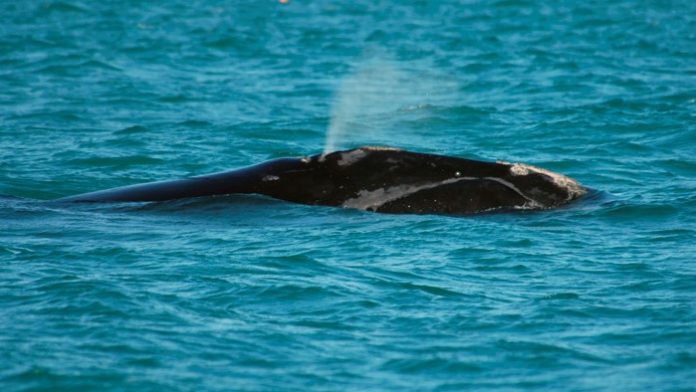A spate of recent headlines on endangered species has reignited criticism of the Species at Risk Act (SARA). Incidents such as the deaths of six rare North Atlantic Right whales have led critics to believe that the act doesn’t have the legal teeth to enforce conservation efforts.
This piece of federal legislation is designed to protect endangered animal or plant species and their habitats. It offers guidelines on how government organizations and NGOs can co-operate on preserving creatures at risk.
Once a species is listed under SARA, a number of legal protections are supposed to ensure that the species is not lost. However, a new study from the University of British Columbia reports that legal provisions are not being followed for the majority of these vulnerable creatures.
Karen Hodges, Associate Professor at the University of British Columbia, and undergraduate co-author, Sarah Bird, found that only 11.8% of listed species had critical habitats fully identified and over 60% had no habitat designation at all.
What’s wrong with SARA?
For several years, faith in those responsible for upholding SARA has been slipping away. Critics have published their thoughts on the failures of the act and called for an overhaul of the system.
According to an opinion piece in Policy Options, a digital magazine for discussion on public policy, “more than 520 Canadian species (plants, birds, mammals, fishes, amphibians, reptiles, insects, lichens) have been listed under SARA. Some of these now number in the tens of individuals (such as the northern spotted owl); many others have experienced declines of more than 90 percent, such as the 12-metre-long basking shark, Canada’s largest fish.”
Furthermore, the Vancouver Sun reported in 2015 that only 10 convictions had been made in the history of the act, giving substance to the accusations of ineffectiveness and a lack of political will to uphold the principles of SARA.
How does SARA work?
A bit of background to bring you up to speed.
SARA was passed in December 2002 and designates an independent body of experts which reports to the Ministry of the Environment and Climate Change.
The Minister, Catherine McKenna, leads federal organizations such as Environment and Climate Change Canada, the primary agency responsible for implementing the act, and local or specialized authority is delegated to Parks Canada and Fisheries and Oceans Canada.
Has the political tide not turned more sympathetic with the shift to a Liberal government?
“While the Liberal government has quite laudably added ‘climate change’ to Environment Canada’s mandate, that new responsibility didn’t seem to come with much in the way of increased funding. So now, the small budgets that used to be available for species at risk are being stretched even thinner,” says Randal Heide, Executive Director of Wildlife Preservation Canada.
Heide considers the widespread notion of ‘if we protect enough habitat, nature can take care of itself’, a “19th-century mindset”.
“The case of right whales and the recent story of Joe Howlett are good examples of how habitat protection alone is not enough,” he says. “I fear that most Canadians, and our government, are a long way from understanding and accepting this harsh reality.”
Heide believes that in the 21st century, intensive management of the wider ecosystem is necessary. This means that research, translocation and conservation breeding must be incorporated into recovery strategies.
“With climate change, invasive species, and other impacts of the human footprint affecting even the remotest corners of the earth, ecosystems are increasingly unable to function naturally on their own,” says Heide.
Fisheries and Oceans Canada responds
On July 12, Fisheries and Oceans Canada released an official statement on the St. Lawrence incident: “The Government of Canada remains firmly committed to the protection of endangered species across Canada – including the North Atlantic Right whales in the Gulf of St. Lawrence.”
Some of the key points from the organization’s response plan include:
- Issuing a notice to the commercial fishing industry in the Gulf of St. Lawrence asking them to watch for whales and to report any sightings
- Broadcasting notices on the marine radio system to request that shipping and fishing industries be on alert for whales
- Addressing threats to marine mammals in Canadian waters and enhancing capacity to respond to marine mammal incidents through the Government of Canada’s $1.5 billion investment in the Oceans Protection Plan
- Continuing to work with partners to necropsy all dead whales to better understand what may have caused their deaths.
Whatever the case, the good intentions of those responsible for upholding SARA are uncontroversial, but a budget revamp and major policy overhaul seem inevitable if targets are to be met. As Heide concluded: “Environment and Climate Change Canada have been a great partner of ours for many years through multiple regimes, as far as they’ve been enabled to.”










































